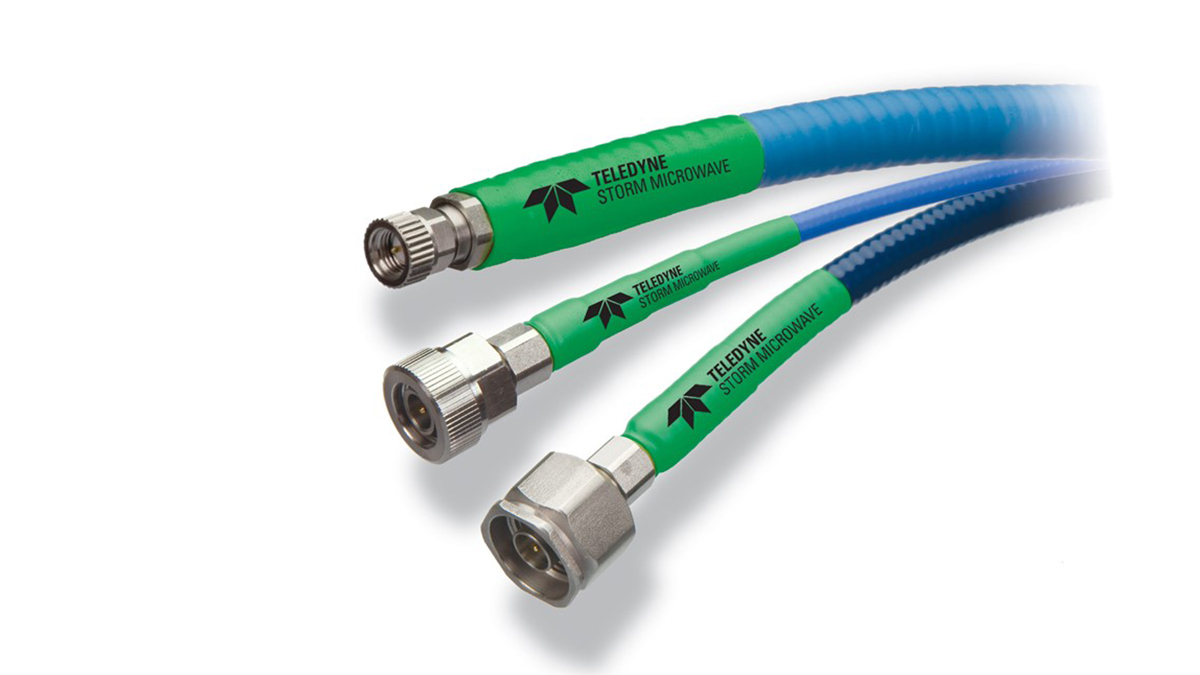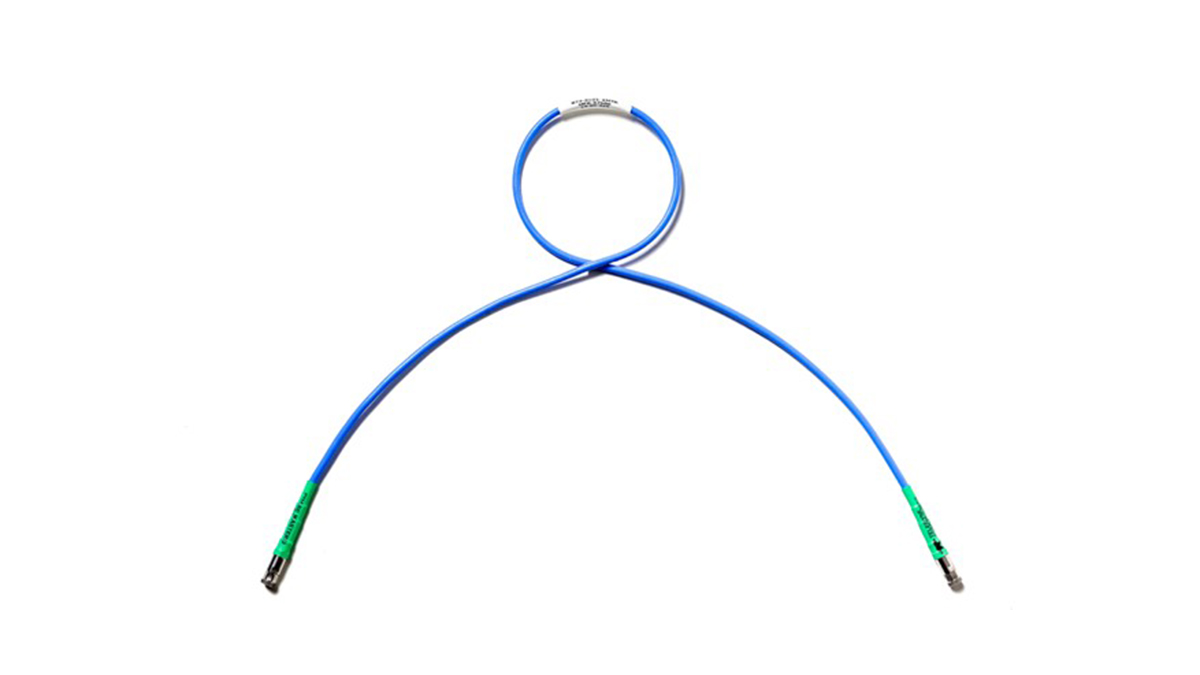
Deterioration of the electrical properties of coaxial cables
Field Testing at Helmholtz-Zentrum Dresden-Rossendorf (HZDR)
Between October 2015 and October 2016, two types of coaxial cables were tested under real radiation conditions at the HZDR. An 8-meter Teledyne Storm Microwave Phase Master® 160 and a 10-meter Harbour Industries LL142 were installed behind a beam dump at the ELBE FEL (U100) facility. Each was connected via two 5-meter LL142 patch cables to a panel outside the radiation zone. In this location, the cables were continuously exposed to gamma radiation from bremsstrahlung produced by decelerated electrons.
Measurement Setup
The radiation dose was monitored using a Multidos dosimeter and 10 alanine detectors placed along the cable length. These offline detectors allowed for precise post-exposure readings. Transmission characteristics were measured periodically using a Rohde & Schwarz ZVA40 Vector Network Analyzer, covering frequencies up to 40 GHz.

Initial Results and Frequency Behavior
Preliminary measurements without radiation exposure showed minimal insertion loss when patch cables were excluded. However, the LL142 cables revealed sharp attenuation peaks above 30 GHz. For reliable comparison, further analysis focused on the 0–30 GHz range. The Phase Master® 160, although usable up to 39 GHz, exhibited similar losses when patch cables were introduced. Final evaluations will be performed after isolating the test cables from the patch components.
Attenuation Modeling and Analysis
Insertion loss data were modeled using standard equations, adjusting two main coefficients: K1 for ohmic losses and K2 for dielectric losses. These were derived from the radiation-free measurement of LL142 without patch cables. A custom Python script using nonlinear least squares regression optimized the fit. The models aligned closely with actual measurements, differing by less than 0.1 dB.
Understanding how coaxial cables degrade under radiation is essential for ensuring signal reliability in high-energy environments — even the smallest shifts can impact mission-critical data.
– Stefan Burger
Post-Radiation Observations
After radiation exposure, the LL142 exhibited an approximate 10 dB increase in loss, while the Phase Master® 160 showed only minor changes. This was mainly due to the difference in K2 behavior: LL142’s dielectric losses increased nearly eightfold under radiation, compared to a twofold increase for the Phase Master® 160. Ohmic losses (K1) remained stable for both.
Conclusion
Radiation significantly affects dielectric materials used in coaxial cables. For high-radiation environments, cables like the Phase Master® 160 demonstrate far better resilience compared to standard alternatives. These insights are critical for RF applications in nuclear physics, aerospace, and high-energy test facilities.


